O-class: Difference between revisions
Pbcjohnston (talk | contribs) Added O-16 photo |
Pbcjohnston (talk | contribs) |
||
| (10 intermediate revisions by 2 users not shown) | |||
| Line 1: | Line 1: | ||
[[File:Header | {{#seo:|title=U.S. Navy O-class submarine - PigBoats.COM|title_mode=replace|keywords=US O-class submarine}} | ||
{{#seo:|description=Notes, photographs, and pictures of the U.S. Navy's O-class submarines.}} | |||
[[File:New Header O-class.jpg]] | |||
=== <big>Design, Construction, and Naming Notes</big> === | === <big>Design, Construction, and Naming Notes</big> === | ||
<div style="text-align: justify;"><span style="color:#00008B">The Fiscal Year 1916 coastal submarine construction program was expanded with 16 submarines authorized. The Navy took the L-class specifications and scaled up the requirements a bit. The result was the O-class. As usual, the Navy chose to have the submarines built to two different designs submitted by Electric Boat and the Lake Torpedo Boat Company. In an unusual move, the Navy obtained a legal license to build two subs of the EB design at government Navy yards. O-1 was built at the Portsmouth Navy Yard in Maine, and O-2 at the Puget Sound Navy Yard in Bremerton, WA. O-3 through O-10 were also EB designs, but they were built at the EB contractor Fore River Shipbuilding in Quincy, MA. O-11 to O-13 were built at the Lake yard in Bridgeport, CT., and O-14 to O-16 at a Lake contractor, California Shipbuilding Company in Long Beach, CA. CALSHIP ran into severe difficulties in construction, and all three boats had to be towed up the coast, incomplete, to Mare Island Navy Yard in Vallejo, CA. for completion. | <div style="text-align: justify;"><span style="color:#00008B">The Fiscal Year 1916 coastal submarine construction program was expanded with 16 submarines authorized. The Navy took the L-class specifications and scaled up the requirements a bit. The result was the O-class. As usual, the Navy chose to have the submarines built to two different designs submitted by Electric Boat and the Lake Torpedo Boat Company. In an unusual move, the Navy obtained a legal license to build two subs of the EB design at government Navy yards. O-1 was built at the Portsmouth Navy Yard in Maine, and O-2 at the Puget Sound Navy Yard in Bremerton, WA. O-3 through O-10 were also EB designs, but they were built at the EB contractor Fore River Shipbuilding in Quincy, MA. O-11 to O-13 were built at the Lake yard in Bridgeport, CT., and O-14 to O-16 at a Lake contractor, California Shipbuilding Company in Long Beach, CA. CALSHIP ran into severe difficulties in construction, and all three boats had to be towed up the coast, incomplete, to Mare Island Navy Yard in Vallejo, CA. for completion. Some of the boats were completed in time to make brief patrols in the Atlantic prior to the WWI armistice. Once the war was over, these boats spent a lot of time in Panama guarding the approaches to the canal. | ||
[[O-5|'''USS O-5 (SS-66)''']] was sunk in [[Notable Submarine Accidents|'''a collision with a steamer''']] near the entrance to the Panama Canal. Three men died, 16 successfully escaped before the boat went down, and two, Henry Breault and Lawrence Brown were trapped alive in the torpedo room. The bow was lifted from the mud and the two men were rescued. O-5 was a total loss and even though she was salvaged the boat was not returned to service. She was sold as scrap in Balboa, C.Z., Panama. | [[O-5|'''USS O-5 (SS-66)''']] was sunk in [[Notable Submarine Accidents|'''a collision with a steamer''']] near the entrance to the Panama Canal. Three men died, 16 successfully escaped before the boat went down, and two, Henry Breault and Lawrence Brown were trapped alive in the torpedo room. The bow was lifted from the mud and the two men were rescued. O-5 was a total loss and even though she was salvaged the boat was not returned to service. She was sold as scrap in Balboa, C.Z., Panama. | ||
These were the first U.S. submarines with really satisfactory diesel engines from the start. In addition, they were the last USN submarines built with 18-inch torpedo tubes. | These were the first U.S. submarines with really satisfactory diesel engines from the start. In addition, they were the last USN submarines built with 18-inch torpedo tubes. The desire for a more powerful weapon lead the Navy to specify 21-inch tubes on all subsequent boats. Strangely, EB chose to revert back to the rotating bow cap for the torpedo tube outer doors, despite having used individual muzzle doors on the L, M, and N-class. The O-class would the last time that EB used its emblematic bow cap; all subsequent designs by that company used individual muzzle doors. In general, they were well liked and quite useful, although once again the Lake variant was rated inferior to the EB boats. This was the last class in which Simon Lake installed midships diving planes in an attempt to promote his zero-angle or "even keel" diving method. The Lake boats were discarded in the mid 1920's and were eventually scrapped, and the EB boats were laid up in mothballs In Philadelphia between 1931 and 1941. They were hurriedly returned to service as war clouds loomed in 1941 and served in a useful capacity as training boats in New London. Unfortunately, [[O-9|'''USS O-9 (SS-70)''']] was lost with all hands in a tragic accident in June 1941. Her crew is "On Eternal Patrol". | ||
The [[O-12|'''decommissioned O-12''']] was pulled out of mothballs and | The [[O-12|'''decommissioned O-12''']] was pulled out of mothballs and leased back to Lake. He had the boat heavily modified for Sir Hubert Wilkins' polar expedition of 1931 and renamed it Nautilus. It was intended to run the boat under the ice all the way to the Pole. It was not successful in this role and it sank in a deep Norwegian fjord in 1931.</span></div> | ||
[[File:Red bar sub new.jpg]] | [[File:Red bar sub new.jpg]] | ||
| Line 111: | Line 114: | ||
=== <big>O-13 (SS-74)</big> === | === <big>O-13 (SS-74)</big> === | ||
[[File:O-13 with lots of crew.jpg|left|500px|Photo NH 44561 courtesy of NHHC.]] | [[File:O-13 with lots of crew.jpg|left|500px|Photo NH 44561 courtesy of NHHC.]] | ||
<div style="text-align: justify;"><span style="color:#00008B">O-13 underway with an unusually large number of sailors on deck. There are at least 73 sailors topside, nearly three times the normal complement. Why there are so may onboard is unknown. The Naval History & Heritage Command suggests that this is a "liberty party", meaning that these are extra sailors from other boats that O-13 is transporting to a pier so that they may go on off-duty liberty. Doing this would have been highly unusual, as it was standard practice to use small launches for this task. This was obviously a short-term evolution, as there simply would not have been enough room below decks for all of these sailors. The location is unknown but we suspect it to be somewhere near Panama. The date could be 1920-1923. </span> | <div style="text-align: justify;"><span style="color:#00008B">O-13 underway with an unusually large number of sailors on deck. There are at least 73 sailors topside, nearly three times the normal complement. Why there are so may onboard is unknown. The Naval History & Heritage Command suggests that this is a "liberty party", meaning that these are extra sailors from other boats that O-13 is transporting to a pier so that they may go on off-duty liberty. Doing this would have been highly unusual, as it was standard practice to use small launches for this task. This was obviously a short-term evolution, as there simply would not have been enough room below decks for all of these sailors. The last man on the left and the second man on the right are wearing working uniforms and are probably line handlers. The location is unknown but we suspect it to be somewhere near Panama. The date could be 1920-1923. </span> | ||
[[O-13|See more O-13 photos]] | [[O-13|See more O-13 photos]] | ||
| Line 128: | Line 131: | ||
=== <big>O-15 (SS-76)</big> === | === <big>O-15 (SS-76)</big> === | ||
[[File:O-15 panamanian waters.jpg|left|500px]] | [[File:O-15 panamanian waters.jpg|left|500px|Photo in the private collection of Ric Hedman.]] | ||
<div style="text-align: justify;"><span style="color:#00008B">O-15 seen in what is likely Panamanian waters off Coco Solo around the early 1920's. She had a short active service life. She was commissioned on August 25, 1918 and was decommissioned on June 11, 1924 and scrapped in 1930. The Lake built submarines of the O and R-classes had many problems and when the limitations of the London Naval Treaty were enacted the boats were quickly discarded.</span> | <div style="text-align: justify;"><span style="color:#00008B">O-15 seen in what is likely Panamanian waters off Coco Solo around the early 1920's. She had a short active service life. She was commissioned on August 25, 1918 and was decommissioned on June 11, 1924 and scrapped in 1930. The Lake built submarines of the O and R-classes had many problems and when the limitations of the London Naval Treaty were enacted the boats were quickly discarded.</span> | ||
| Line 144: | Line 147: | ||
=== <big>General O-class Photos</big> === | === <big>General O-class Photos</big> === | ||
<div style="text-align: justify;"><span style="color:#00008B"> | [[File:O-class Coco Solo.jpg|left|500px|Photo in the private collection of Ric Hedman.]] | ||
<div style="text-align: justify;"><span style="color:#00008B">A busy waterfront at Submarine Base Coco Solo, Panama, 1923. In the far background is submarine chaser SC-285. Next closest to the camera is the [[R-26|'''R-26 (SS-104)''']], Then O-3, O-7, O-9, O-5, and an unknown O-boat. It is remarkable that two of the boats in this picture, O-9 and O-5, would be later lost in tragic accidents. </span> | |||
[[General O-class photos|See more General O-class photos]] | [[General O-class photos|See more General O-class photos]] | ||
Latest revision as of 17:37, 21 May 2025
Design, Construction, and Naming Notes
USS O-5 (SS-66) was sunk in a collision with a steamer near the entrance to the Panama Canal. Three men died, 16 successfully escaped before the boat went down, and two, Henry Breault and Lawrence Brown were trapped alive in the torpedo room. The bow was lifted from the mud and the two men were rescued. O-5 was a total loss and even though she was salvaged the boat was not returned to service. She was sold as scrap in Balboa, C.Z., Panama.
These were the first U.S. submarines with really satisfactory diesel engines from the start. In addition, they were the last USN submarines built with 18-inch torpedo tubes. The desire for a more powerful weapon lead the Navy to specify 21-inch tubes on all subsequent boats. Strangely, EB chose to revert back to the rotating bow cap for the torpedo tube outer doors, despite having used individual muzzle doors on the L, M, and N-class. The O-class would the last time that EB used its emblematic bow cap; all subsequent designs by that company used individual muzzle doors. In general, they were well liked and quite useful, although once again the Lake variant was rated inferior to the EB boats. This was the last class in which Simon Lake installed midships diving planes in an attempt to promote his zero-angle or "even keel" diving method. The Lake boats were discarded in the mid 1920's and were eventually scrapped, and the EB boats were laid up in mothballs In Philadelphia between 1931 and 1941. They were hurriedly returned to service as war clouds loomed in 1941 and served in a useful capacity as training boats in New London. Unfortunately, USS O-9 (SS-70) was lost with all hands in a tragic accident in June 1941. Her crew is "On Eternal Patrol".
The decommissioned O-12 was pulled out of mothballs and leased back to Lake. He had the boat heavily modified for Sir Hubert Wilkins' polar expedition of 1931 and renamed it Nautilus. It was intended to run the boat under the ice all the way to the Pole. It was not successful in this role and it sank in a deep Norwegian fjord in 1931.O-1 (SS-62)
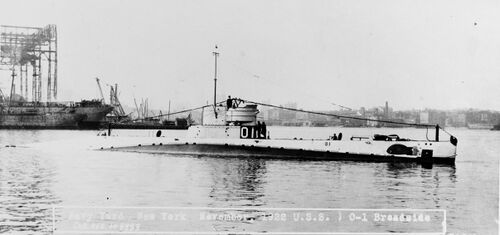
O-2 (SS-63)
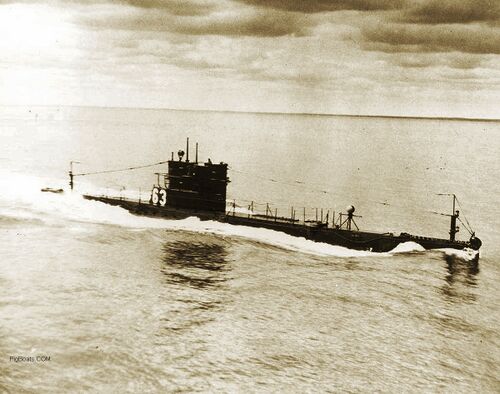
O-3 (SS-64)
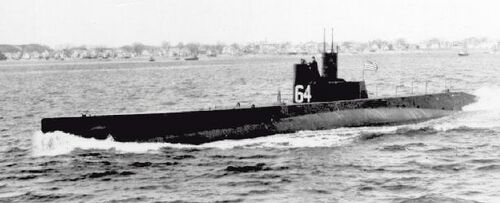
O-4 (SS-65)
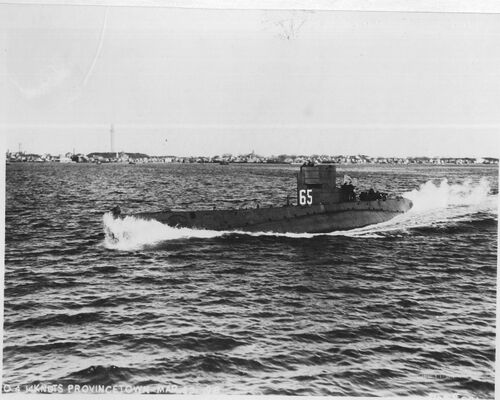
O-5 (SS-66)
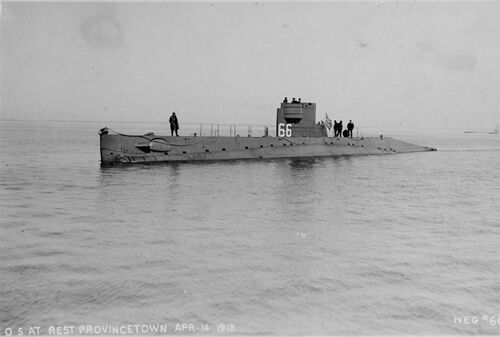
O-6 (SS-67)
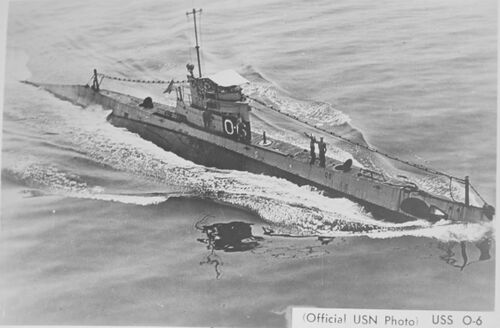
O-7 (SS-68)
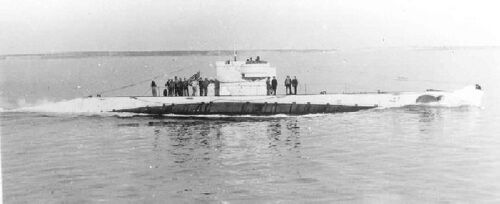
O-8 (SS-69)
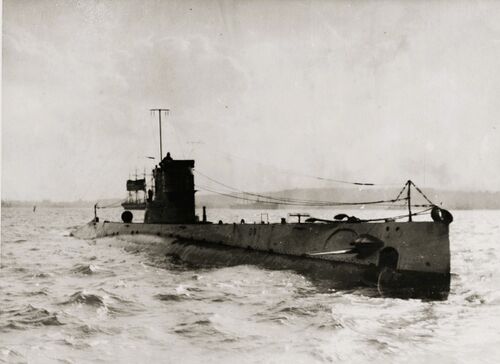
O-9 (SS-70)
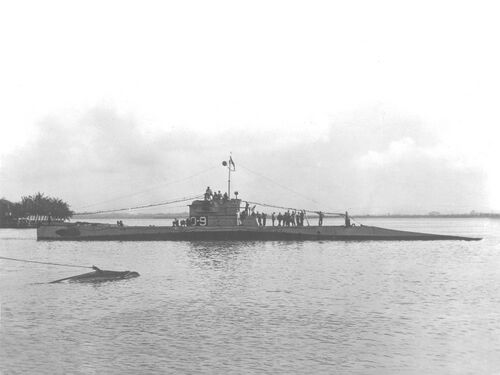
O-10 (SS-71)
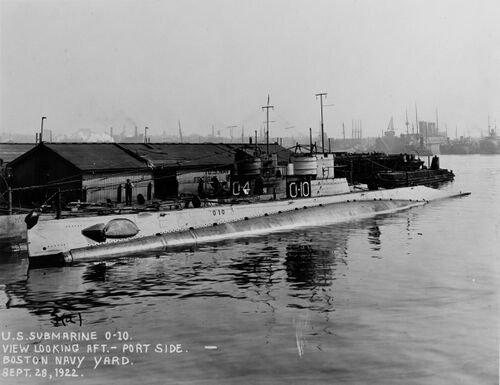
O-11 (SS-72)
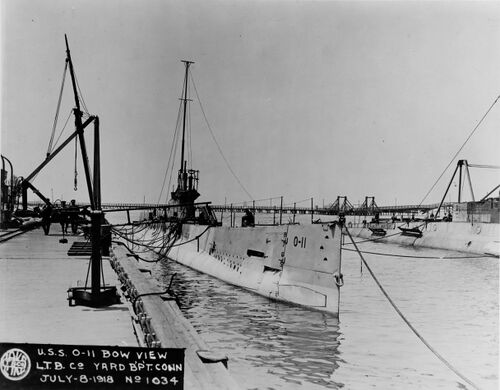
O-12 (SS-73)
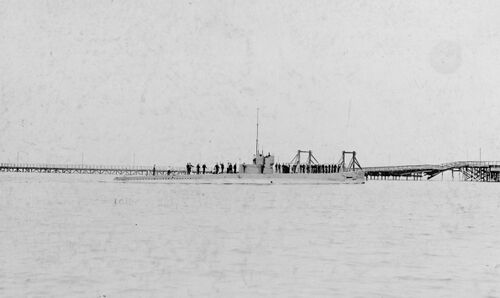
O-13 (SS-74)

O-14 (SS-75)

O-15 (SS-76)
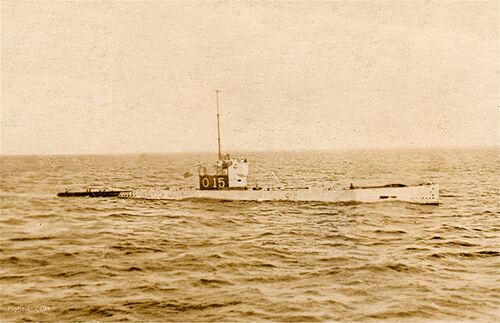
O-16 (SS-77)
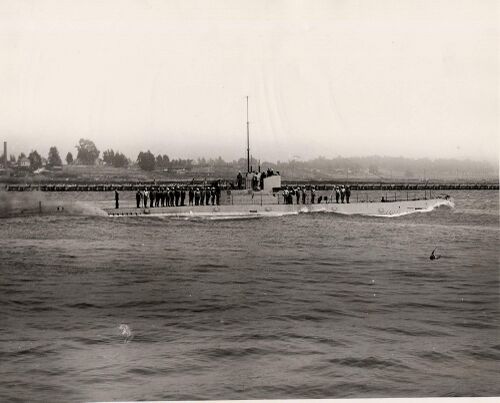
General O-class Photos

See more General O-class photos
Page created by:
Ric Hedman & David Johnston
1999 - 2023 - PigBoats.COM©
Mountlake Terrace, WA, Norfolk, VA
webmaster at pigboats dot com
